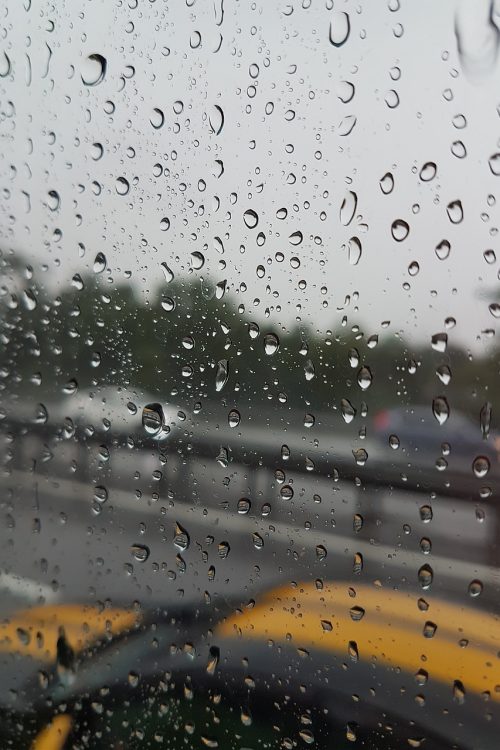How to Drive Through Flood Water and Heavy Rain
With heavy rain and flooding becoming more commonplace here in the UK, we’ll all encounter flooded roads more frequently. Protecting your car’s health in flood situations is therefore going to become important knowledge to have.
Video Credit: Driving in the rain and through small floods – wet weather driving
In this article, we’ll be exploring the best way to drive through flood water to protect the safety of your car, as well as some key car checks to perform afterwards.
What’s the best way to drive through flood water?
Firstly, driving through deep water should be avoided as it could potentially flood your engine and damage your car.
However, if you have little choice in the matter, such as in a flash flood situation, here’s how to drive through flood water while minimising risk:
- Assess the depth and the speed of the currents. If it’s deeper than your wheels, reroute and avoid driving through this particular patch. If it’s fast-moving water then this could potentially sweep your vehicle off course, so reconsider driving through.
- Opt for the centre of the road, when possible and safe, as this tends to be shallower than the sides of a road. Always look out for approaching cars and take it in turns to pass through the water.
- A slow and steady approach is best for driving through water. Using a lower gear will help with this, and try not to accelerate quickly or brake suddenly as this can sometimes result in loss of traction in wet conditions.
The final tip is to perform checks on your car afterwards, which we’ll cover in the next section.
What’s the first thing you should do after driving through a flood?
If you have driven a vehicle through flood water, it’s important to perform some key checks to ensure everything is in top working order.
- Check brakes: Water can affect the performance of brakes, so you need to check their functionality very quickly after emerging from flood water.
- Fluids: Check fluid levels in your car and look out for any signs of water contamination such as unusual colouring.
- Electrics and lights: Water and electrics don’t mix, so perform a check of all your lights to ensure they’re still working as they should. Likewise, check any automated features of your car such as windscreen wipers, door locks, and window controls.
- Tyres: Floods are not ideal for your tyres as you, the driver, cannot see the condition of the road or any puncture risks. That’s why it’s necessary to assess the condition of your tyres after driving through deep water.
- Underside and exhaust: Debris and foliage can collect in rainwater, meaning driving through floods could result in damage to the underside of your vehicle, so do a visual inspection if you are able to get underneath your car safely. Likewise, check to see if any foliage is clogging your exhaust.
- Video Credit: UK Flooding || Vehicles vs Floods compilation
Remember, some damage can go undetected to the untrained eye, especially if it’s affected the unseen inner workings of your car.
If you’re not sure whether your car has come out of deep water unscathed, it’s always best to get it checked over by a professional, such as the team at UK Tyres. We’re car repair specialists who can identify and rectify any issues caused by flood water quickly and safely.
Get in touch with UK Tyres, your local tyre supplier and car repair specialist for North and West London. As a family-run business, we provide a responsive service across the area. Contact us to learn more.

